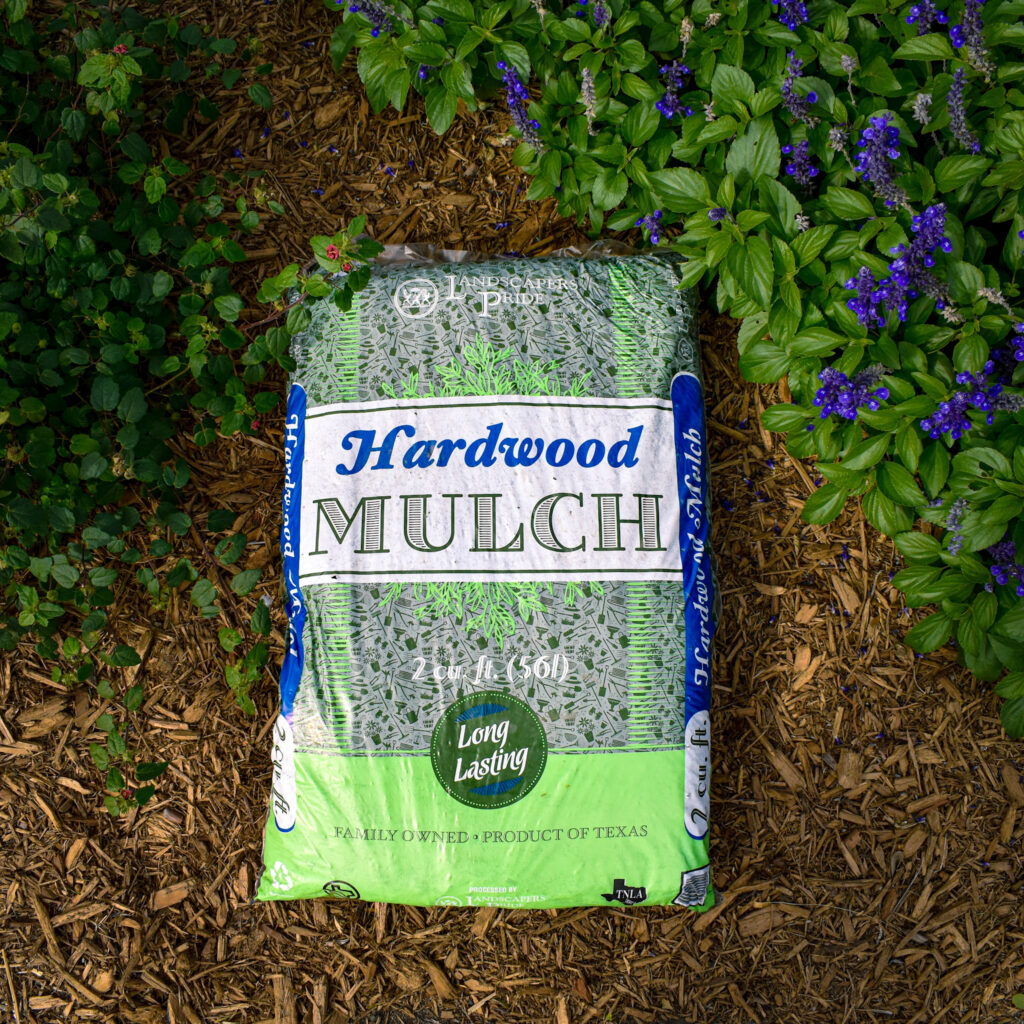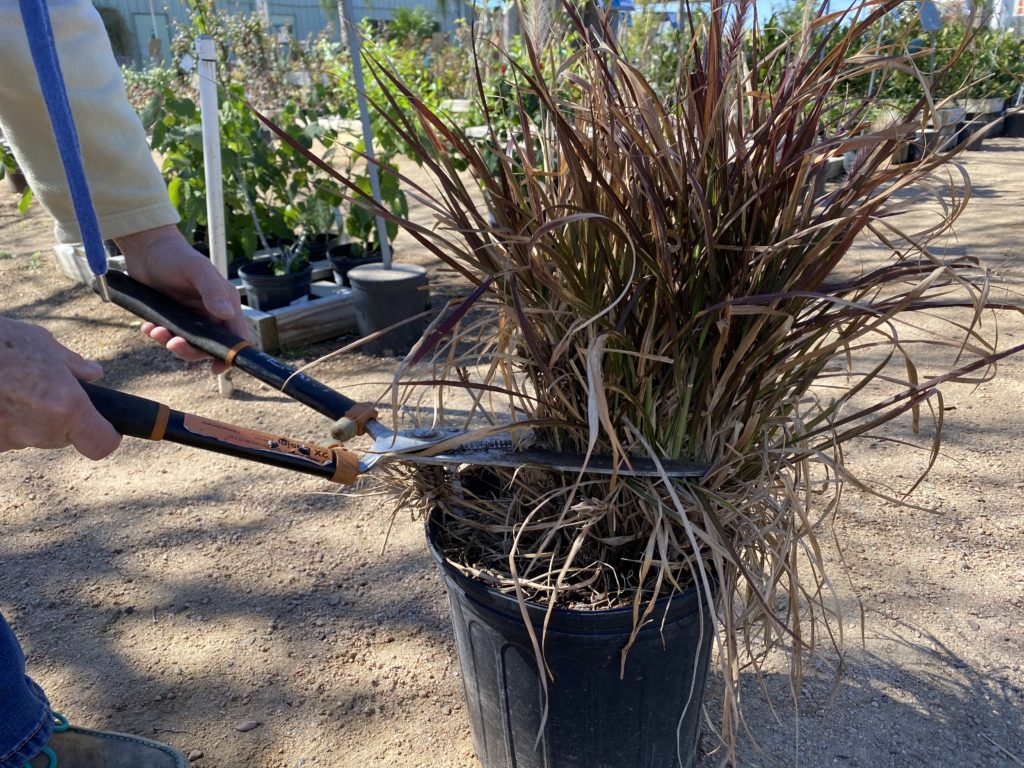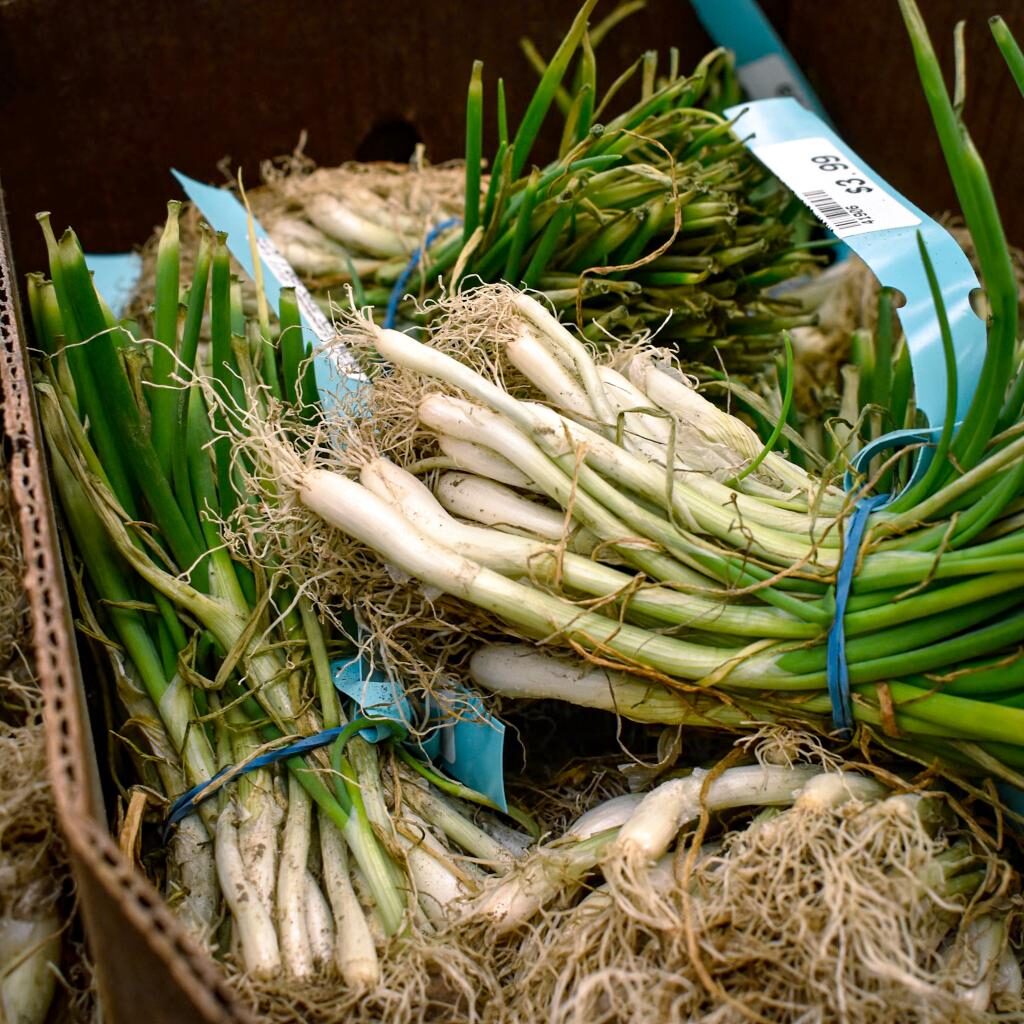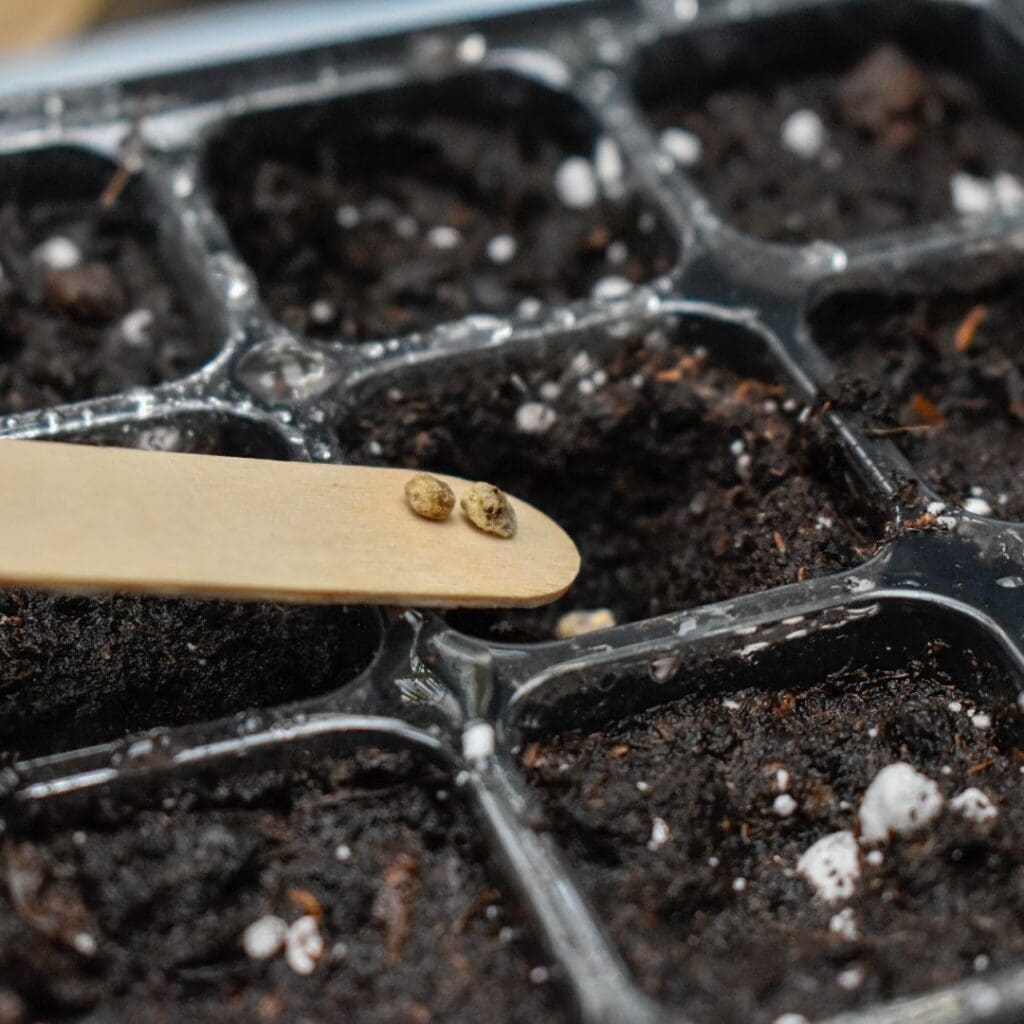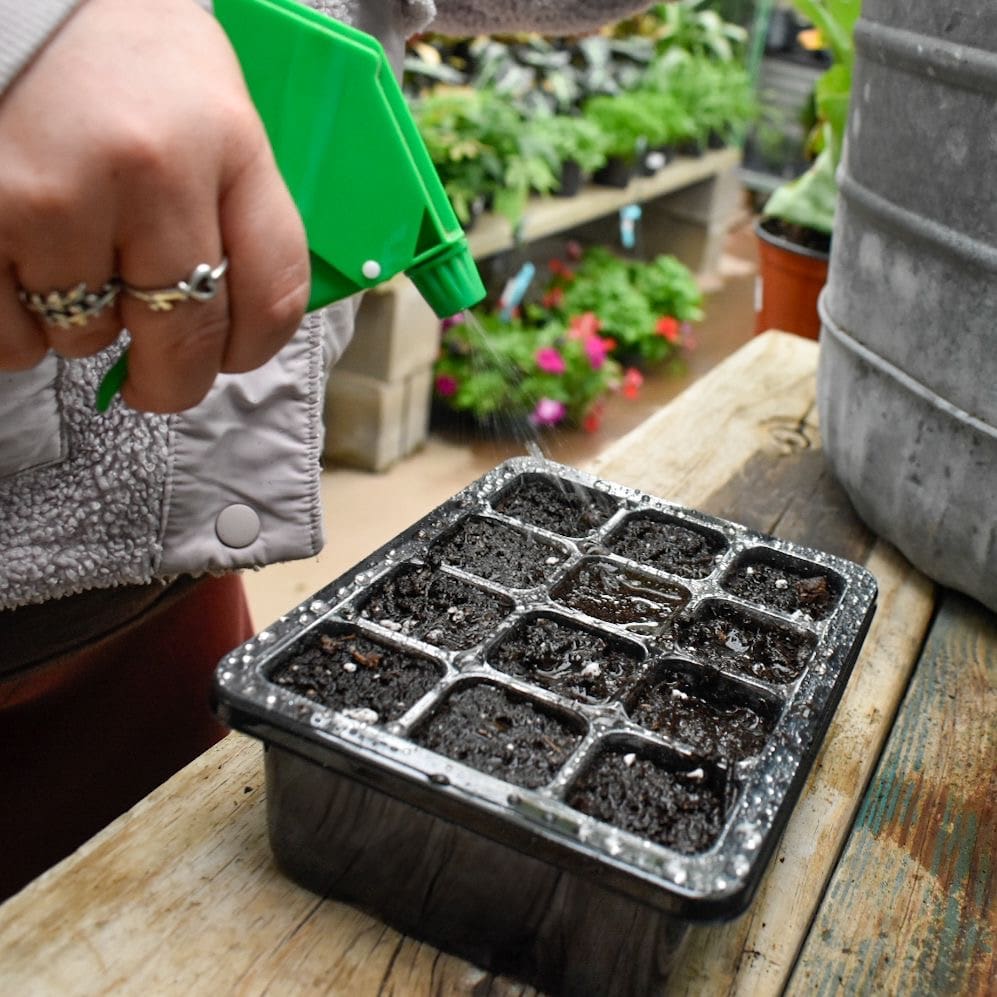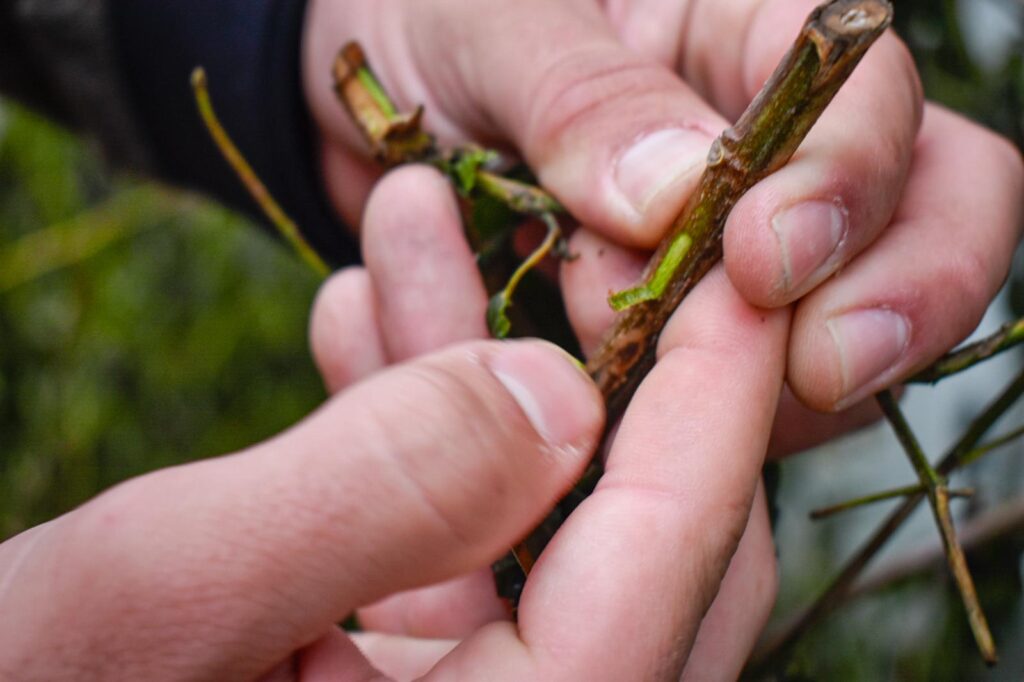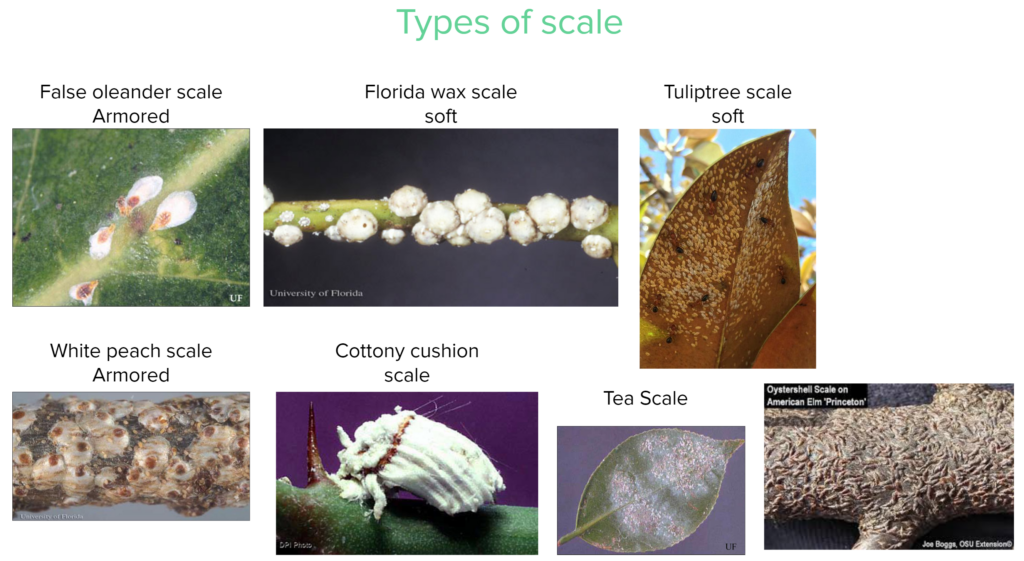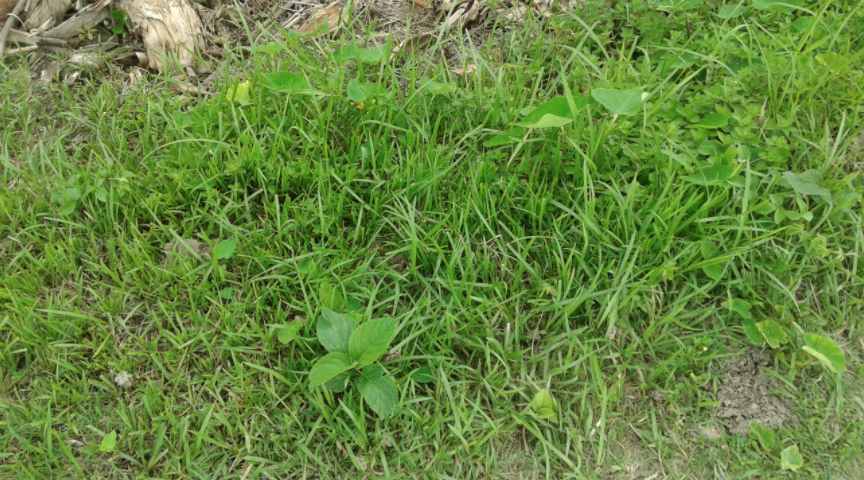Fall planting season is here!! September is the best time to plant almost everything. And the recent rain is excellent news for getting started! Here are our top 7 must-do’s this month as we head into our favorite season in Corpus Christi and the Coastal Bend.
Check out our September Garden Guide for more tips!
1. Ready, Set, PLANT Veggies, Herbs, Citrus, and Fruits!
It’s time! Tomatoes, peppers, & warm weather edibles should be planted by now, or at the latest, early September. Plant cool weather veggies & herbs anytime in September and remember to shelter them from still-intense sun and keep watered. When planting, you can’t go wrong with organic BioTone starter fertilizer + a good handful of Earthworm Castings. Neither of these require precise measurement, and they make an incredible combo for building stronger, deeper roots, preventing pests, and creating an active soil environment for plants to thrive.
Here’s our Fall veggie planting schedule. And save space for citrus trees, figs, and other fruits to round off your garden grocery store! They’ll all be arriving before or right around mid-September.
2. Plant Trees and Shrubs for the BEST Start

Plants that are cold hardy (trees and woody shrubs) will benefit greatly by planting during our fall season. They’re under less heat stress, and they grow more roots through the fall and winter, making them stronger and ready to take off next spring. More roots, stronger plants, and less watering! Oak trees, Crape Myrtles, Hawthorns, Yaupon Holly, Plumbago, Boxwoods and a host of other trees and shrubs should be planted starting this month for the best start.
3. Plant to Support Pollinators!

We’re bringing in lots of new plants this month with our pollinator friends in mind! While you’re choosing what to plant, consider adding Texas Natives like Turk’s Cap and Lantana that birds and bees love. If you want to attract and support butterflies, try native butterfly weed (Asclepias tuberosa), Gregg’s mist flower, and lots of different blooming salvias. So many gorgeous options! Bring in some pictures of your outdoor space and we can help you plan the perfect pollinator garden – big or small. You can DIY or we can plant it for you!
4. Set the Table for the Fall Hummingbird Migration!
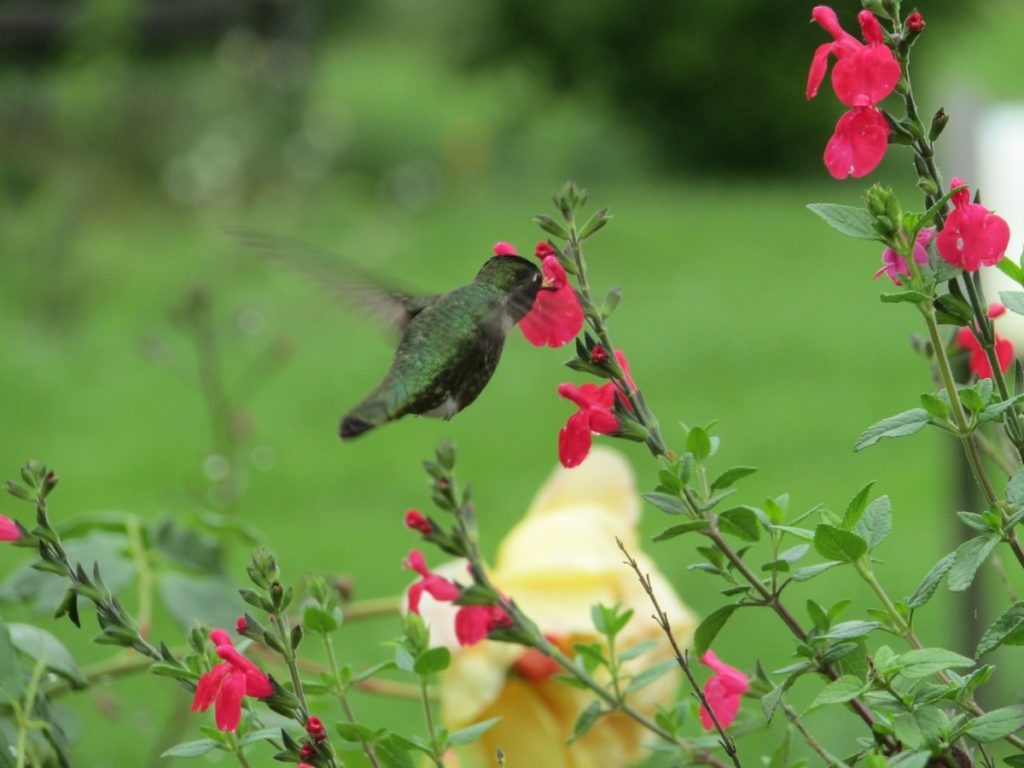
Ruby-throated hummingbirds will soon make their way through for the fall migration! These tiny birds are BIG eaters. They stop here in the Coastal Bend to fuel up before their non-stop flight across the Gulf of Mexico. Host them in your yard by planting some of their favorite foods! Hummingbirds find plants using their excellent vision and are attracted to bright colored blooms, which indicate a high-sugar food source. Some of our favs for South Texas are Flame Acanthus (aka hummingbird bush), Salvias (like native Salvia greggii and Salvia leucantha), Cape Honeysuckle, Firecracker plant, Coral bean – the list goes on! Plant a few of these and hummingbirds will find them. And don’t forget to visit the Rockport-Fulton HummerBird Celebration September 19-22!
5. Make Way for New Growth with Light Pruning and Clean-up

Chances are you have established plants that could benefit from a clean-up after working so hard all summer. Wait until about September 15th and give them a light pruning to make way for new growth this fall. A good rule of thumb for most plants is to prune up to 1/3 (not more) in the fall, then wait until January to do a heavy pruning/cutback. If you have questions about how to prune specific plants, you know who to call!
6. Watch Your Watering and Adjust as Needed
We’ll keep repeating – water to maintain depth moisture! That means water slow and deep. Conserve water and force those roots to dive deeper for moisture. If you use an automatic sprinkler system, take some time this month to give it a good audit. Make sure all your sprinkler heads are working properly, and make sure you are applying a good 1″ of water, evenly, when you water your lawn and established landscape beds and trees. The easy way to do this is to get some simple sprinkler gauges (pictured) and place them in different locations. You may find that different sprinkler zones need various different run times.
7. You’re Invited! Gill Garden Talks and Events this Fall!
Gill Garden Talks and Events are back this Fall! We’re kicking it off with Kids Fest at KEDT studios on September 14th where we’ll be on hand giving away plants, seeds, and other fun garden stuff! Stay tuned here and on Instagram and Facebook for details of each event. We’ve got a few more that we can’t announce just yet 🙂










